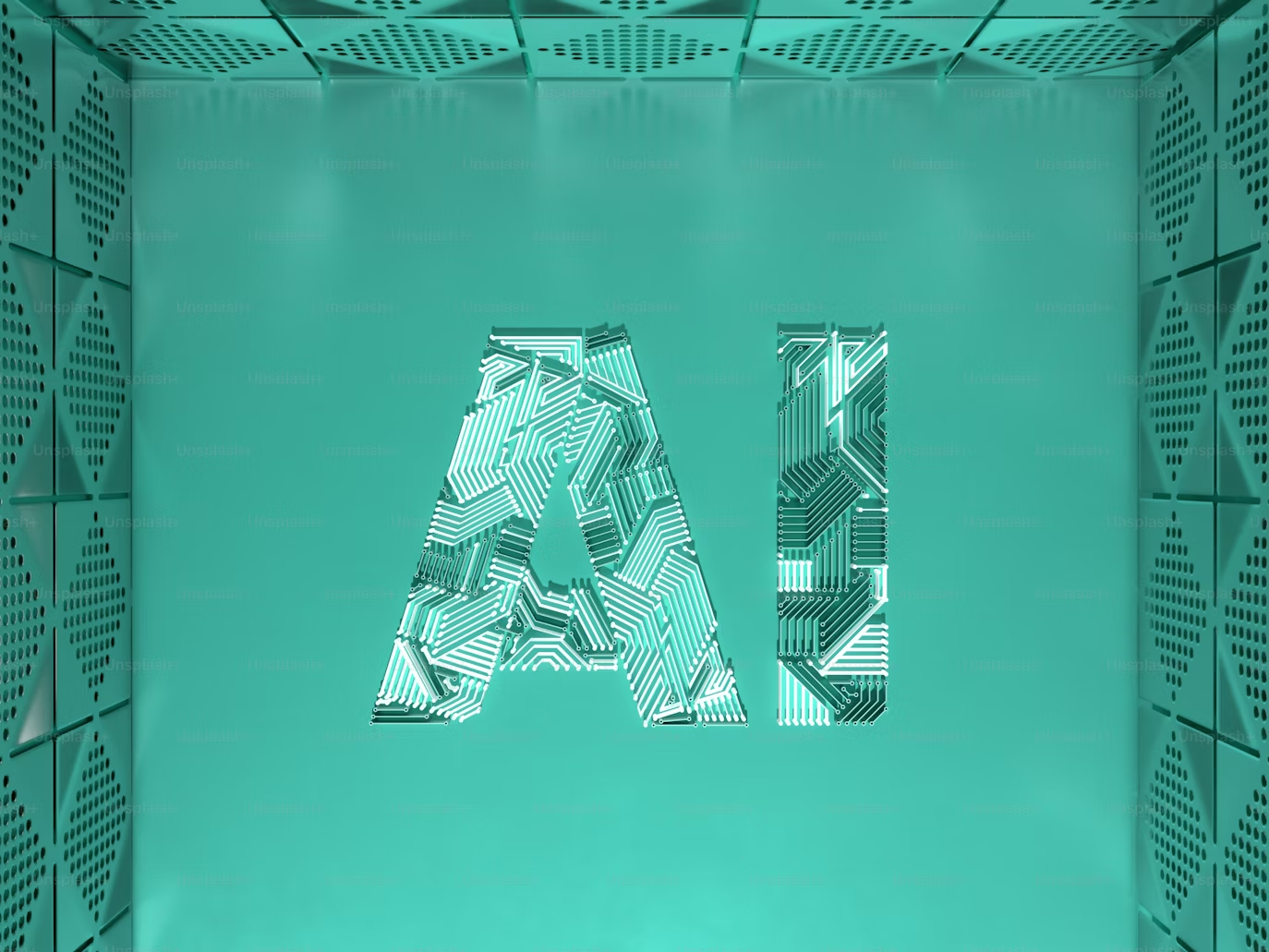In recent years, Artificial Intelligence (AI) has gone from being a sci-fi fantasy to an everyday reality. It’s not just about robots and high-tech gadgets anymore; it has seamlessly integrated into our routines, transforming industries, improving efficiency, and unlocking new opportunities. The field of education is no exception, as AI emerges as a transformative force, changing how we teach and learn.
Here are a few ways AI is transforming Education:
- Personalized Learning Experience:
One of the most profound impacts of AI in education is its ability to personalize learning experiences. Traditional education systems often employ a one-size-fits-all approach regardless of learners’ unique needs, but AI offers a more tailored experience. By analyzing data on student performance, learning styles, and even engagement levels, AI-powered systems then adapt content and teaching methods to meet individual needs. This not only helps students learn more effectively but also keeps them motivated and engaged. - Intelligent Tutoring Systems:
Imagine having a tutor who is always there for you – 24/7. AI makes this possible through intelligent tutoring systems. These systems act like personal tutors providing instant feedback and support, and helping students understand tough subjects at their own pace. This is super helpful for subjects like math and science, where students often need extra help. - Enhanced Administrative Efficiency:
AI is also changing how everyday tasks are being handled within educational institutions. From grading papers to managing schedules, which can be time-consuming. With AI, these tasks are done quickly and accurately, giving educators more time to focus on what they do best—teaching. AI-powered chatbots can answer students’ questions, taking some pressure off school staff and ensuring that students get timely responses. - Data-Driven Decision Making:
In education, using data to make decisions is like having a super-smart assistant who can find important patterns in a huge pile of information. The insights help educational institutions to make informed decisions schools about curriculum development, resource allocation, and student support services. For example, if the data shows that many students are having trouble with a certain subject, the school can take action to help them before it becomes a big problem. - Supporting Diverse Learning Needs:
AI has the potential to transform education for students with diverse learning needs. For students with disabilities, AI-powered tools can help by recognizing and converting speech into text. It can also assist students with dyslexia by predicting and correcting text as they write. With AI, education becomes more accessible. - Preparing Students for the Future:
As AI continues to evolve, it is crucial to prepare learners for a future where AI is a big part of our lives. Integrating AI into the curriculum not only helps students understand the technology but also equips them with the skills they need to thrive in a tech-driven world. Coding, data analysis, and an understanding of AI principles are becoming essential components of modern education, preparing students for careers in a wide range of fields.
While the benefits of AI in education are numerous, it is also crucial to address the ethical considerations and challenges. Issues such as data privacy, algorithmic bias, and the digital divide must be carefully managed to ensure that AI is used responsibly and equitably. Educational institutions must prioritize transparency, inclusivity, and fairness as they integrate AI into their systems.




